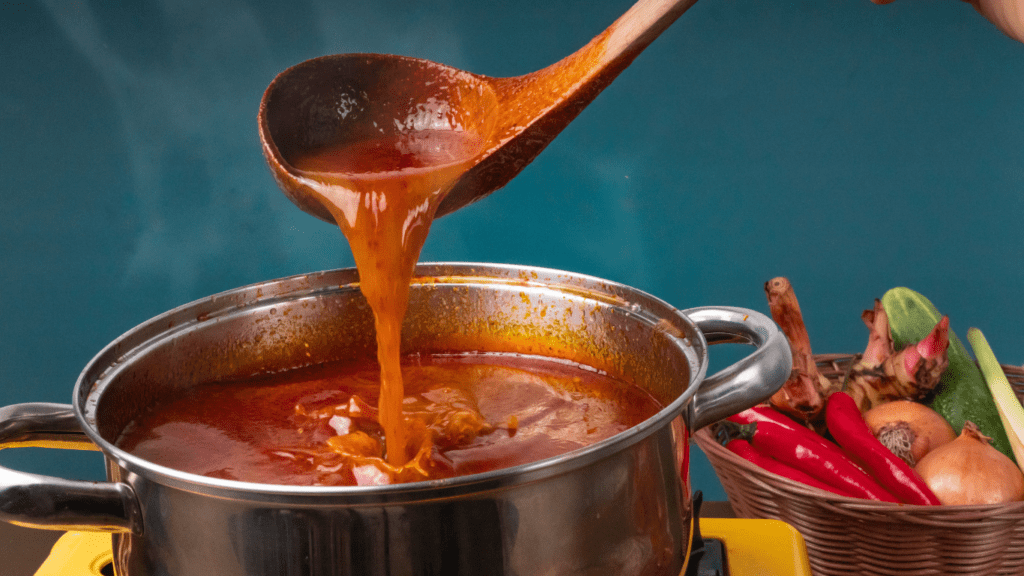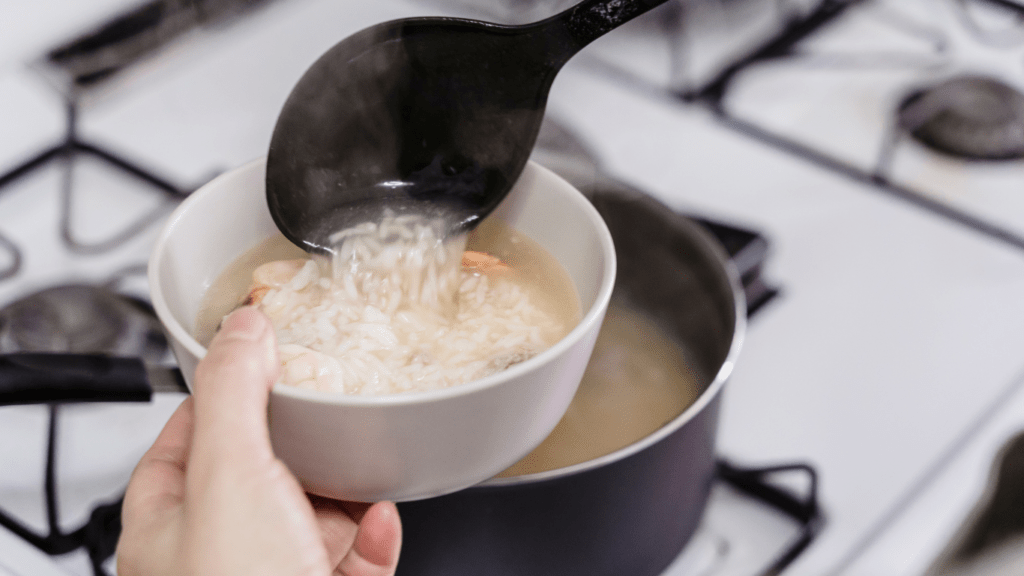Are you ready to elevate your culinary skills to the next level? In this guide, I’ll walk you through the art of creating the perfect roux for your sauces and soups. Mastering this fundamental technique can transform your dishes from ordinary to extraordinary with just a few simple steps.
Creating a roux is more than just mixing flour and fat—it’s about achieving the ideal balance of flavors and textures to enhance your culinary creations. Whether you’re a seasoned chef looking to refine your skills or a home cook eager to impress, mastering the art of making a roux is a game-changer in the kitchen.
Understanding Roux for Sauces and Soups
Roux is a fundamental base in culinary preparations, essential for achieving the desired consistency and flavor profile in sauces and soups. It serves as a thickening agent and adds a depth of flavor to dishes. Mastering the art of creating a perfect roux is crucial for any aspiring chef or enthusiastic home cook. From velvety sauces to hearty soups, roux plays a pivotal role in enhancing the overall culinary experience.
Importance of Roux in Culinary Creations
Exploring the importance of roux in culinary creations, I delve into its foundational role in elevating dishes’ flavors and textures. Roux serves as a cornerstone element, pivotal for achieving the desired consistency and taste profiles in a wide array of dishes. It not only acts as a thickening agent but also contributes to the complexity and depth of flavor in culinary masterpieces.
In the realm of culinary arts, mastering the art of creating a perfect roux is akin to unlocking a treasure trove of possibilities. From velvety sauces that cling luxuriously to ingredients to hearty soups that warm the soul, roux plays a vital role in transforming simple recipes into gastronomic delights.
Whether you’re a seasoned chef honing your skills or a home cook looking to impress, understanding and perfecting the craft of making roux is fundamental in enhancing the overall culinary experience.
Types of Roux
Making different types of roux can significantly impact the taste and texture of your sauces and soups. Let’s explore the characteristics of each type:
White Roux
In white roux, the flour is cooked in fat for a short period, resulting in a light-colored mixture. It has a subtle flavor and is commonly used in delicate sauces like béchamel. White roux is ideal for thickening without adding a pronounced color or flavor to the dish.
Blond Roux
A blond roux is cooked slightly longer than a white roux, giving it a pale golden hue. This type of roux has a nuttier flavor and is often used in velouté sauces or gravies. Blond roux provides a bit more depth and richness to dishes compared to white roux.
Brown Roux
Brown roux is cooked until it reaches a deep, rich color, offering a more intense flavor profile. It is commonly used in sauces like espagnole or gumbo, where a robust taste is desired. Brown roux adds a distinct nutty and complex taste to dishes, making it perfect for heartier soups and stews.
Tips for Making the Perfect Roux
When perfecting a roux for sauces and soups, ensuring a few key tips can elevate your culinary creations. Here are some essential guidelines to help you master the art of making the perfect roux:
- Choose the Right Fat: Selecting the appropriate fat is crucial in roux preparation. Whether it’s butter, oil, or animal fat, the fat you choose will influence the flavor profile of your roux and, ultimately, your dish.
- Maintain Heat Control: Controlling the heat during the roux-making process is essential. Adjust the heat accordingly to prevent burning and achieve the desired color and consistency for your roux.
- Use Equal Parts Fat and Flour: Maintaining a perfect balance between fat and flour is key to a successful roux. Equal parts of fat and flour ensure the right thickening agent for your sauces and soups.
- Stir Continuously: Stirring the fat and flour mixture constantly is vital to avoid clumps and ensure even cooking. Consistent stirring helps achieve a smooth texture and prevents burning.
- Patience is Key: Patience is a virtue when making roux. Take your time to cook the roux to the desired color, whether it’s white, blond, or brown, to enhance the flavor and texture of your dishes.
- Consider the Cooking Time: The cooking time of the roux plays a significant role in its flavor profile. A shorter cooking time results in a lighter roux with a subtler taste, while a longer cooking time produces a darker roux with a nuttier or more robust flavor.
By following these expert tips, you can refine your roux-making skills and create flavorful sauces and soups that will impress your guests and elevate your culinary repertoire.
Incorporating Roux into Sauces and Soups
Expanding on the significance of roux, let’s explore how to effectively incorporate this essential base into sauces and soups to elevate your culinary creations.
- Selecting the Right Type of Roux:
When integrating roux into your dishes, the type of roux you choose plays a crucial role in determining the final outcome. Whether it’s a white roux for a delicate sauce, a blond roux for a nuttier flavor in velouté, or a rich brown roux for intense soups like gumbo, the right choice sets the tone for your culinary masterpiece. - Adjusting Consistency and Flavor:
Roux serves as a versatile thickening agent that not only alters the texture but also enhances the flavor profile of your sauces and soups. By adjusting the amount of roux added, you can customize the consistency and richness of your dish to suit your preferences and create a harmonious balance of flavors. - Incorporation Techniques:
When adding roux to your sauces or soups, ensure a smooth integration by gradually whisking small amounts at a time. This method prevents clumping and guarantees a uniform distribution of the roux, resulting in a velvety texture and consistent taste throughout the dish. - Balancing Heat and Cooking Time:
Maintaining the right heat level during the incorporation of roux is vital to prevent burning and maintain the desired color and flavor. Additionally, allowing the roux to cook for the appropriate duration ensures that the raw taste of the flour dissipates, contributing to a well-rounded and flavorful sauce or soup.
By mastering the art of incorporating roux into your culinary creations with precision and expertise, you can unlock a world of culinary possibilities and delight your taste buds with rich, flavorful sauces and soups that reflect your culinary prowess.



 Food Travel Writer
Suzette is the adventurous spirit of the team, exploring culinary landscapes around the globe. Her love for food and travel inspires her to create engaging guides that highlight local cuisines and hidden gems. Through her writing, Suzette takes readers on a journey, encouraging them to discover new flavors and cultures while savoring their meals.
Food Travel Writer
Suzette is the adventurous spirit of the team, exploring culinary landscapes around the globe. Her love for food and travel inspires her to create engaging guides that highlight local cuisines and hidden gems. Through her writing, Suzette takes readers on a journey, encouraging them to discover new flavors and cultures while savoring their meals.